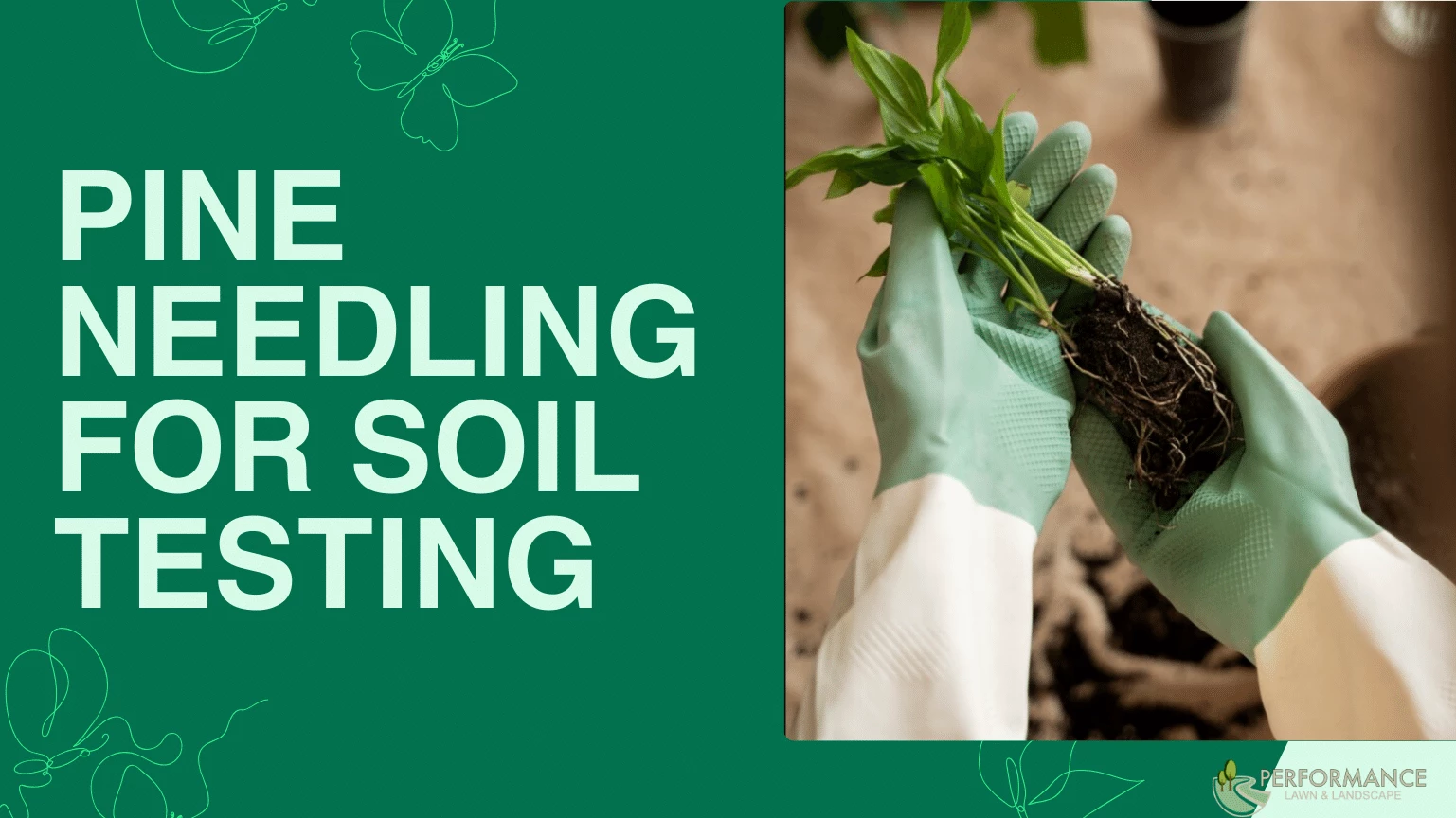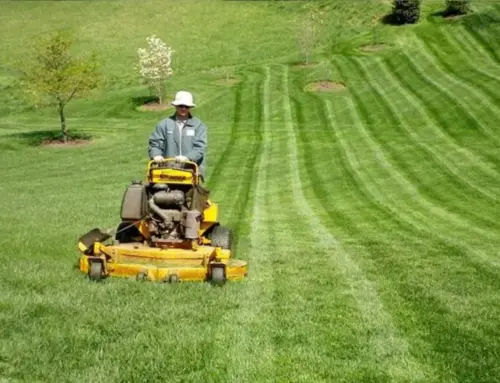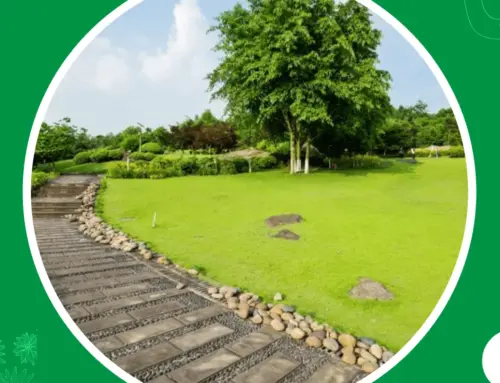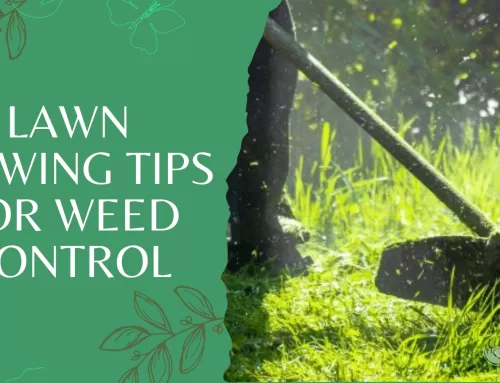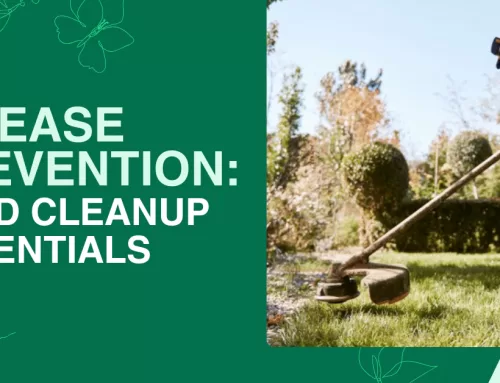Do you find yourself constantly battling soil issues in your garden or landscape? Are you struggling to figure out why your plants aren’t thriving or why you can’t seem to grow certain types of vegetation? If so, then it’s time to consider pine needling as a solution for soil testing.
Pine needling, also known as pine straw or pine needle mulching, is not only a natural and cost-effective way to improve soil quality but also an excellent method for identifying and addressing underlying soil problems.
Whether you’re a seasoned gardener or just starting out, understanding the importance of soil testing through pine needling can drastically improve your gardening success and help you create the garden or landscape of your dreams.
In this blog post, we will explore the benefits of pine needling for soil testing, how to properly perform the test, and what the results can reveal about your soil’s health.
What is the process of using pine needling for soil testing, and how does it help assess soil quality and nutrient levels?
Curious about your soil’s health? Pine needling is a straightforward and cost-effective method to assess soil quality and nutrient levels. Let’s break down the process and understand how this age-old technique can reveal valuable insights about your soil.
- Collection of Pine Needles
Choose healthy pine trees in your vicinity. Collect fresh, green needles from the lower branches.
- Preparation
Rinse the needles with distilled water to remove impurities. Air-dry them thoroughly to prevent contamination.
- Needles as Soil Proxies
Pine needles are excellent indicators of soil acidity. Their decomposition releases organic acids, mimicking soil conditions.
- Sampling Sites
Identify various areas in your garden or field for diverse soil conditions. Collect needles from each site to capture a comprehensive soil profile.
- pH Measurement
Crush the needles and mix with water to create an extract. Use a pH meter or litmus paper to measure acidity levels. A lower pH indicates acidic soil, while a higher pH suggests alkalinity.
- Nutrient Assessment
Pine needles can also reveal nutrient levels. Send samples to a soil testing lab for in-depth analysis.
- Benefits of Pine Needling
- Quick and accessible method for initial soil assessment.
- Cost-effective compared to traditional soil testing.
- Aids in adjusting soil amendments for optimal plant growth.
Incorporating pine needling into your soil testing routine provides a snapshot of your soil’s health, empowering you to make informed decisions for a thriving garden or productive crop yields.
Are there specific types of soil conditions or regions where pine needling is more suitable and effective for testing compared to traditional methods?
Pine needling, also known as pine straw mulching, is more suitable and effective in certain soil conditions and regions than traditional mulching methods. It is commonly used in the following scenarios:
- Acidic Soils: Pine needles are naturally acidic, making them an excellent choice for acid-loving plants like azaleas, blueberries, and rhododendrons. They help maintain the lower pH levels that these plants thrive in.
- Coastal and Southeastern Regions: Pine straw mulch is prevalent in regions with abundant pine forests, such as the Southeastern United States. It’s readily available and cost-effective in these areas.
- Erosion-Prone Slopes: Pine needles have a natural interlocking quality that makes them effective at preventing soil erosion on sloping terrain.
- Low-Maintenance Landscapes: Pine straw requires less maintenance than traditional mulches like wood chips or bark. It breaks down slowly and doesn’t need frequent replenishment.
- Weed Suppression: Pine straw provides effective weed suppression due to its dense, mat-like structure, making it suitable for areas where weed control is a priority.
In summary, pine needling is more suitable and effective in acidic soils, coastal and Southeastern regions, erosion-prone slopes, low-maintenance landscapes, and areas requiring effective weed suppression. It offers specific benefits for these conditions, making it a practical choice for landscaping and gardening.
What are the advantages of pine needling as a sustainable and eco-friendly approach to soil testing and how it contributes to conservation efforts?
Pine needling encompasses several eco-friendly attributes that contribute to sustainability and conservation. This approach harnesses the natural benefits of pine needles, offering several advantages that contribute to conservation efforts.
- Cost-Effective and Readily Available
Pine needles are abundant and cost-effective, making them an accessible resource for soil testing. Their availability reduces the need for synthetic materials, promoting a sustainable and budget-friendly alternative.
- Organic Decomposition
Pine needles naturally decompose over time, releasing organic compounds into the soil. This decomposition enriches the soil with essential nutrients, fostering a healthier and more balanced ecosystem.
- pH Regulation
Pine needles have an acidic nature, making them ideal for testing soil pH levels. By placing pine needles in the soil, one can observe changes in acidity, providing valuable insights into the soil’s suitability for different plant species.
- Environmental Impact
Unlike traditional soil testing methods that may involve chemical-laden solutions, pine needling has a minimal environmental impact. The approach aligns with conservation efforts by avoiding the introduction of harmful substances into the ecosystem.
- Biodiversity Support
The use of pine needles promotes biodiversity by creating a natural habitat for microorganisms and beneficial insects. This method fosters a balanced and resilient environment, contributing to long-term conservation goals.
Pine needling offers a simple, cost-effective, and environmentally friendly approach to soil testing. By harnessing the natural properties of pine needles, this method not only provides accurate soil insights but also aligns with broader conservation efforts, making it a sustainable choice for conscientious land management.
What considerations should be considered when collecting and using pine needles for soil testing?
Several considerations are crucial to ensure accuracy and environmental responsibility when collecting pine needles for soil testing.
First, the collection area should be assessed for contaminants that could skew soil test results, such as those from pesticides, animal waste, or pollutants from nearby roads. It is important to gather pine needles from multiple locations within the target area to obtain a representative sample and avoid collecting decomposed or moldy materials, as this could affect the nutrient profile.
The timing of collection is also significant, preferably after a dry spell, to prevent excessively moist samples that might lead to mold growth during storage or transport. Additionally, gardeners should take note of the age of the pine needles since older needles have a different nutrient composition compared to fresher ones.
Upon collection, the needles should be air-dried to a consistent moisture level to minimize variability in the testing process. Furthermore, it’s advisable to use proper methodology for the soil test, considering the specific absorption and release rates of nutrients from pine needles.
Lastly, Pine needles should be used according to local guidelines to maintain sustainability and prevent overharvesting, protecting the natural ecosystem and its biodiversity.
Join the Green Movement: Test Your Soil with Pine Needles
Are you ready to enrich your garden’s soil while contributing to environmental sustainability? Let Performance Lawn and Landscape guide you using pine needles for soil testing. Now is the time to embrace the natural chemistry of pine needles and nourish your land!
Contact Performance Lawn and Landscape today to learn more and take your first step towards eco-friendly gardening excellence!

